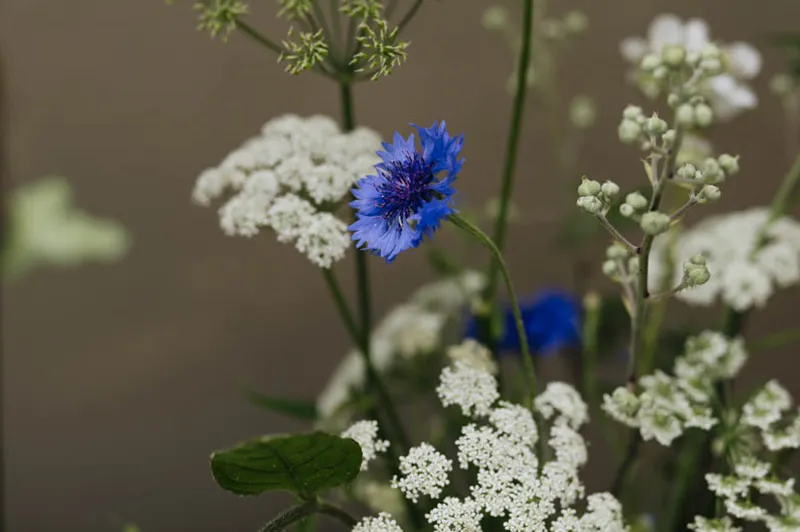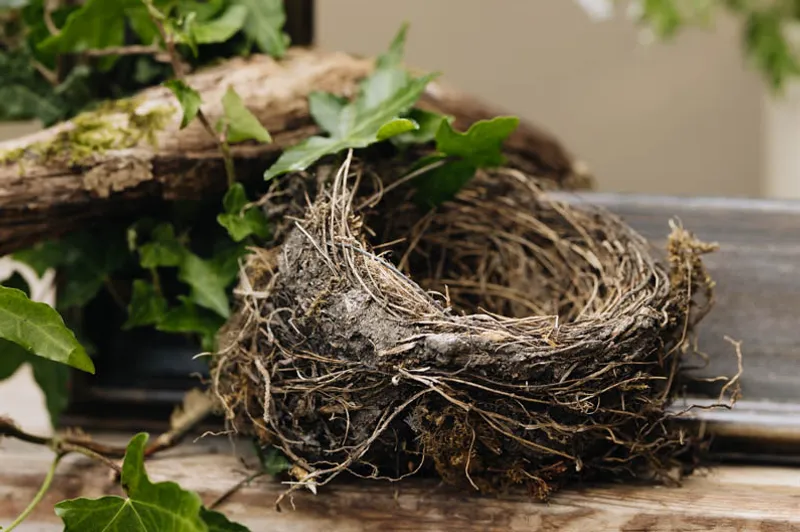Gardeners have a fraught relationship with wild plants and weeds, but there is a growing movement to appreciate the charms and biodiversity benefits of these native plants and early colonisers. To offer a fresh perspective, we’ve elevated typical uninvited garden guests to be the stars of exquisite cut-flower displays, inspired by art and bound to change your mind.

Our negative perception of weeds has been exacerbated by years of conditioning that you’re a bad or lazy gardener if you have weeds in your plot. While not advocating that everyone should rush to order a plethora of weed plugs, it would be great if we could all just exercise a little more tolerance of the weeds we do inadvertently grow, learning more about how they could benefit us and wildlife.
When I run botanical art workshops, I often use weeds as subjects. Getting people to take time to observe and draw these plants helps them to see just how beautiful and garden worthy they can be and, hopefully, encourages them to re-evaluate their attitudes to weeds and appreciate the wilder things in life.
Read Ken Thompson's piece on the reality of having weeds in the garden
Arranging weeds using ground elder and brambles: how to achieve the look

Simply placing a frame around a vase of flowers helps elevate it to a work of art, even if it holds some of the most despised garden weeds, sitting alongside pretty blue cornflowers, which arable farmers deem as weeds. Ground elder is a notorious thug, spreading quickly through cultivated borders like wildfire, and once entangled in the roots of other plants or bases of walls is difficult to remove without resorting to chemicals. But in June it produces lovely white umbels that are frequented by solitary bees and hoverflies, and it was traditionally used to treat arthritis, rheumatism and gout.

Our hedgerows are home to wild bramble, clematis, hops and honeysuckle. There are many variations in the flower colour of these local brambles. I picked some still in bud for their sculptural quality and used some open flowers of the purest white I could find in the arrangement, to contrast with the verdant green alkanet, spotted with azure-blue flowers. The cornflowers provide a real pop of deeper blue. After a night conditioning in cool water, the flowers were arranged in a little stoneware vase, embellished with a wrap of green gardening twine around its neck. The frame was draped with ivy, hops and bindweed, and the skeleton of an old, found bird’s nest that I refurbished with mud and moss, to emulate the restorative power of nature. It’s a lovely final touch to the natural feel of this display, but don’t ever be tempted to take a nest from the wild in case birds are still nesting in it. Sometimes it’s simply best to leave nature be.
Plants used
Aegopodium podagraria –ground elder
Calystegia sepium – hedge bindweed
Centaurea cyanus – cornflower
Geranium robertianum ‘Album’ – white herb Robert
Hedera helix – common ivy
Humulus lupulus – hops
Pentaglottis sempervirens –green alkanet
Rubus fruticosus – wild bramble